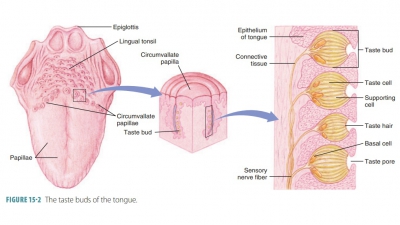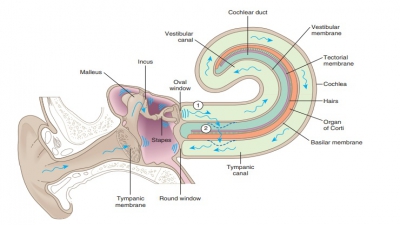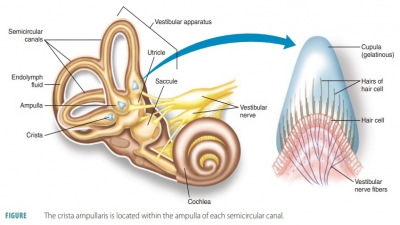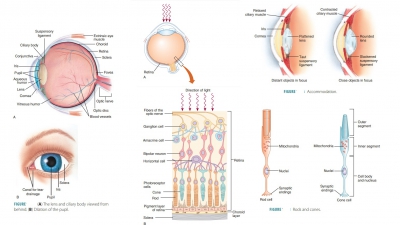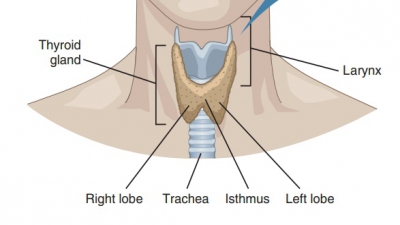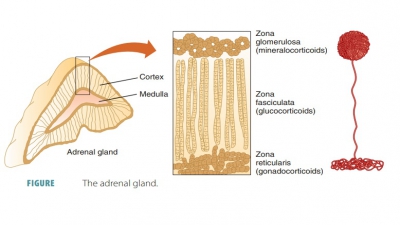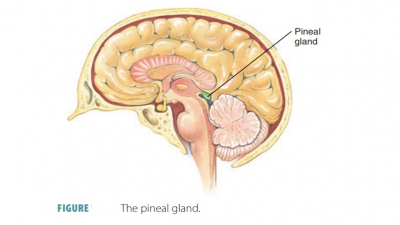Summary
| Home | | Anatomy and Physiology | | Anatomy and Physiology Health Education (APHE) |Chapter: Anatomy and Physiology for Health Professionals: Special Senses
The special senses have receptors within large, complex sensory organs of the head.
Summary
The special senses have receptors within large, complex
sensory organs of the head. These senses include smell, taste, hearing,
equilibrium, and sight. Olfactory organs consist of receptors and supporting
cells in the nasal cavity. Taste receptors consist of taste cells and
supporting cells. The five basic types of taste sensa-tions are sweetness,
sourness, saltiness, bitterness, and umami (deliciousness).
The outer, middle, and inner ear work together to receive
vibrations perceived as sounds. The outer ear consists of the auricle (pinna),
external acoustic meatus (external auditory canal), and eardrum (tympanic
membrane). The middle ear (tympanic cavity) contains the auditory ossicles
(malleus, incus, and stapes) and is connected to the throat via the auditory
(Eustachian) tube. The complex inner ear is also important to estab-lish the
sense of equilibrium. It contains chambers and tubes that form its bony
labyrinth, which lies above a membranous labyrinth. The semicircular canals aid
in equilibrium, whereas the cochlea functions in hearing. The sense of
equilibrium consists of static and dynamic equilibrium. In static equilibrium,
the position of the head is sensed while the head and body are still. In
dynamic equilibrium, motion is detected when the head and body move or rotate,
aiding in balance.
The sense of sight (vision) is the dominant sense. The eye
has three distinct layers. The outer layer is fibrous and anterior in position,
bulging forward to form the transparent cornea. The cornea and lens of each eye
refract light waves to focus an image on the retina, which transmits visual
perceptions to the brain. The sclera makes up most of the outer layer. The
middle layer of the eye, called the uvea, is vascular and includes the choroid
coat, ciliary body, and iris. The lens is held in position by many suspensory
ligaments behind the iris and pupil. The inner layer of the eye is the nervous
layer and consists of the retina with its millions of pho-toreceptors as well
as the optic nerve. When light waves bend to focus, the phenomenon is called
refraction. Photoreceptors known as rods provide vision in dim light without
color. Other photoreceptors called cones provide color vision.
